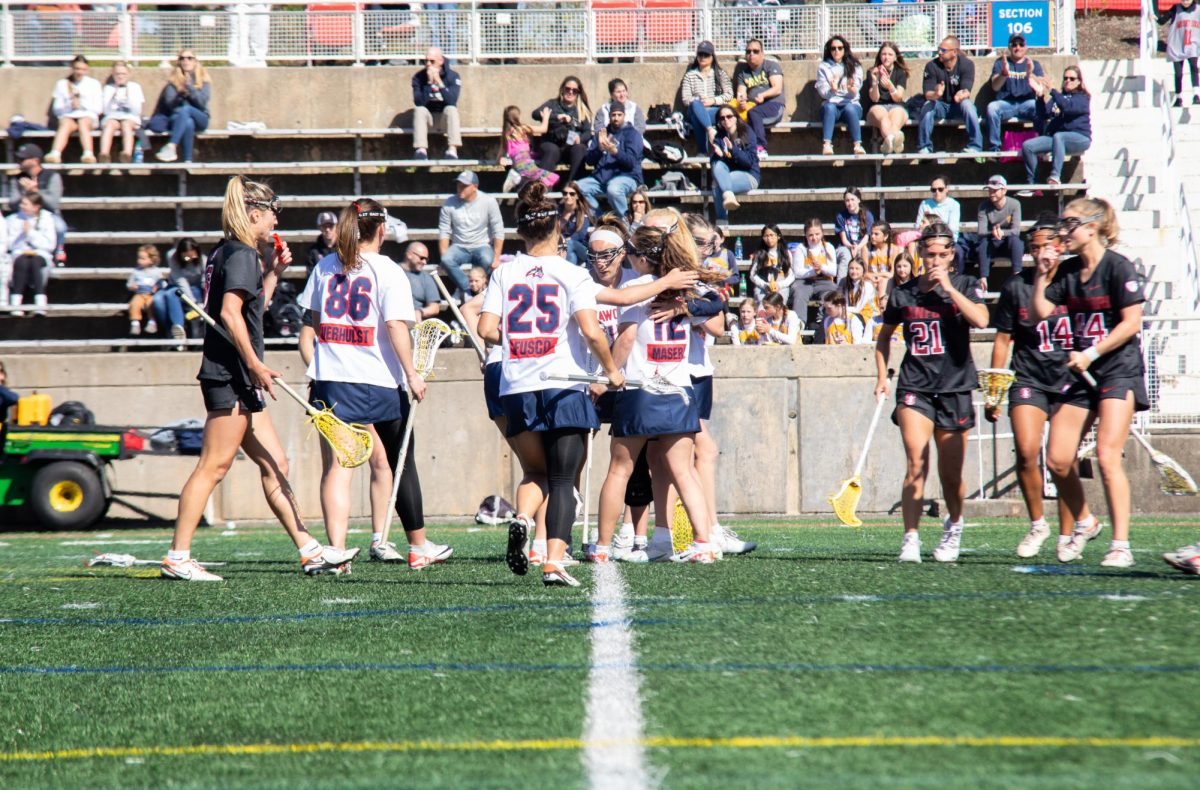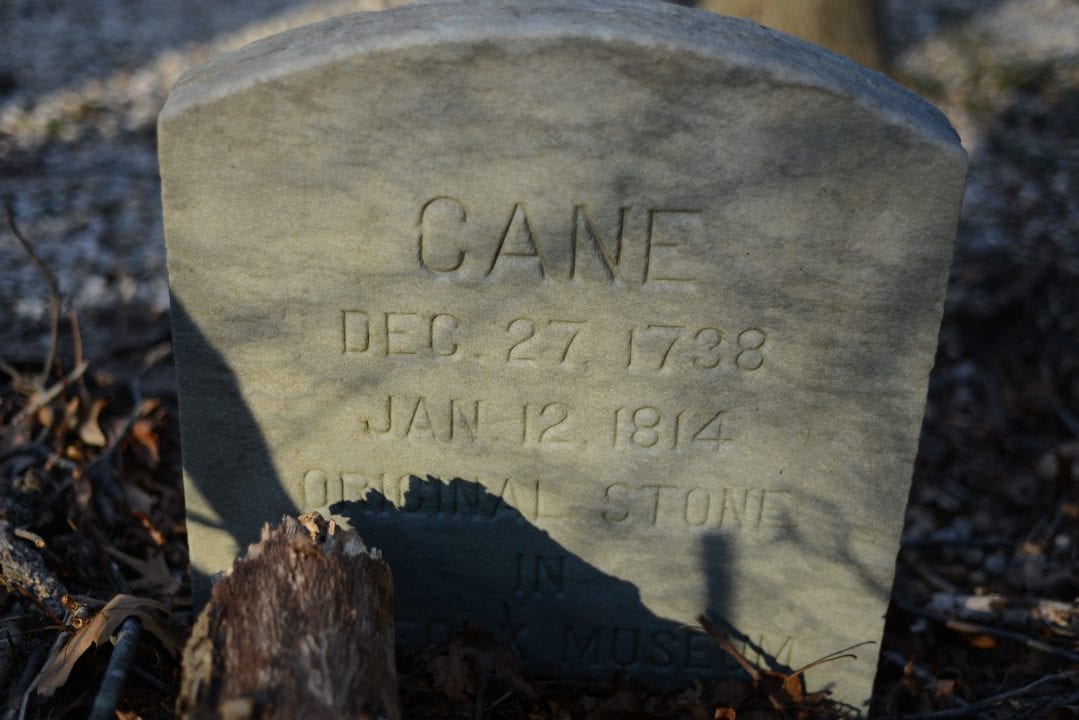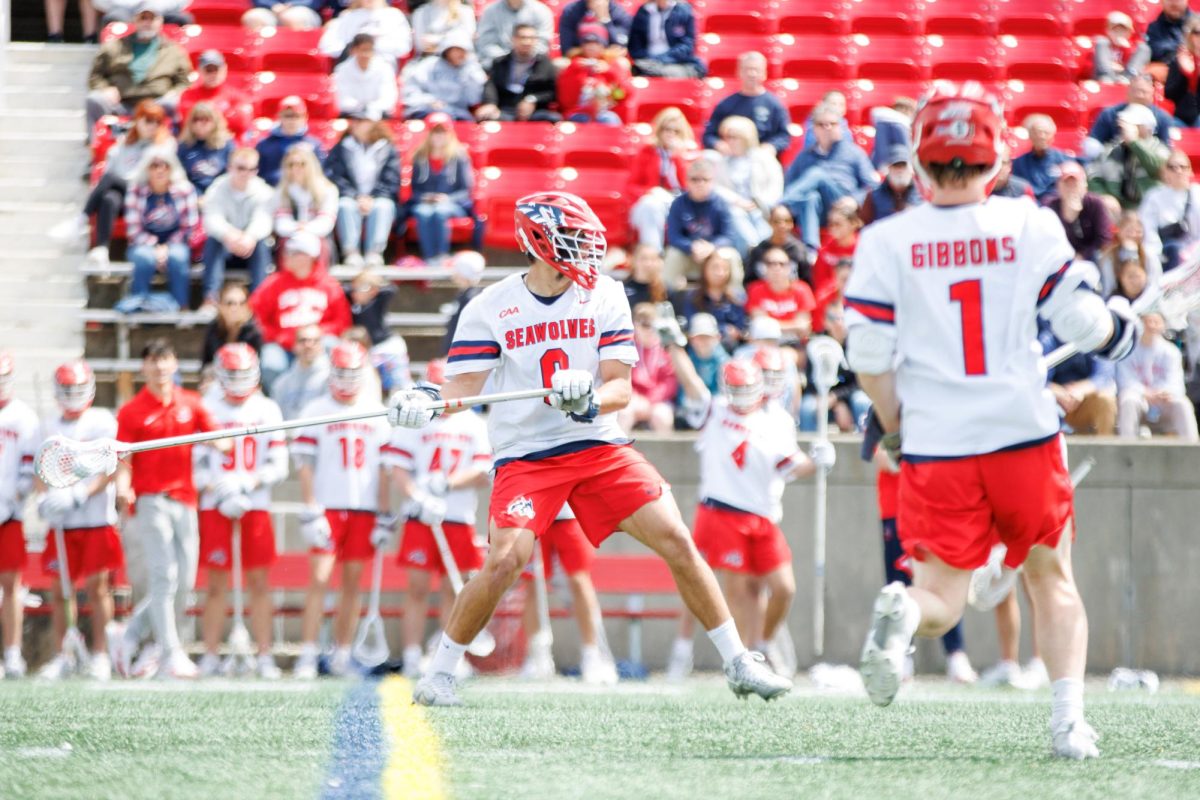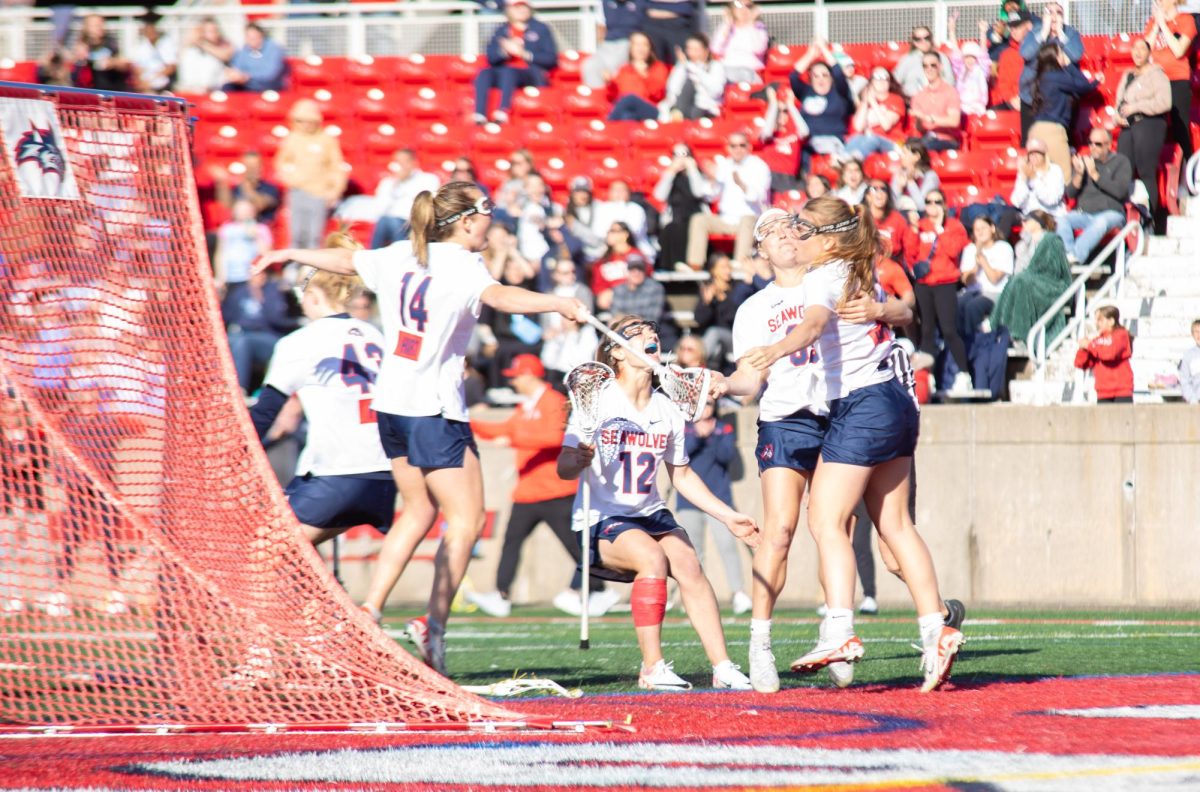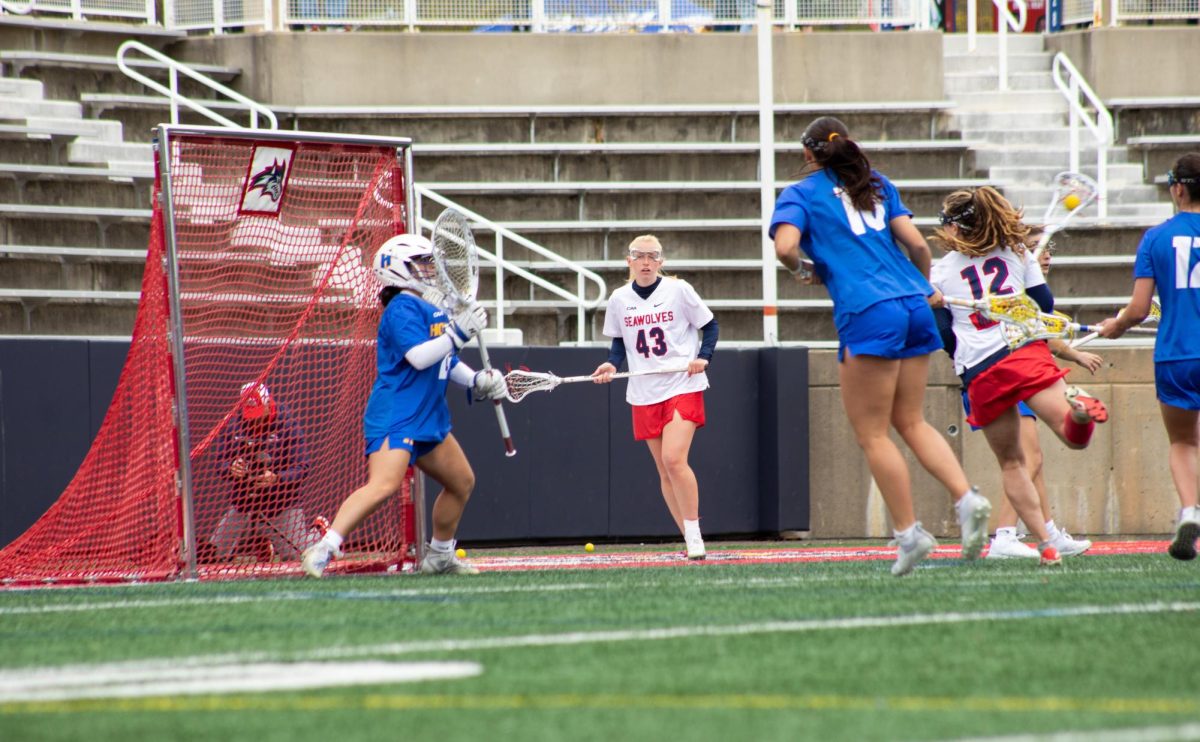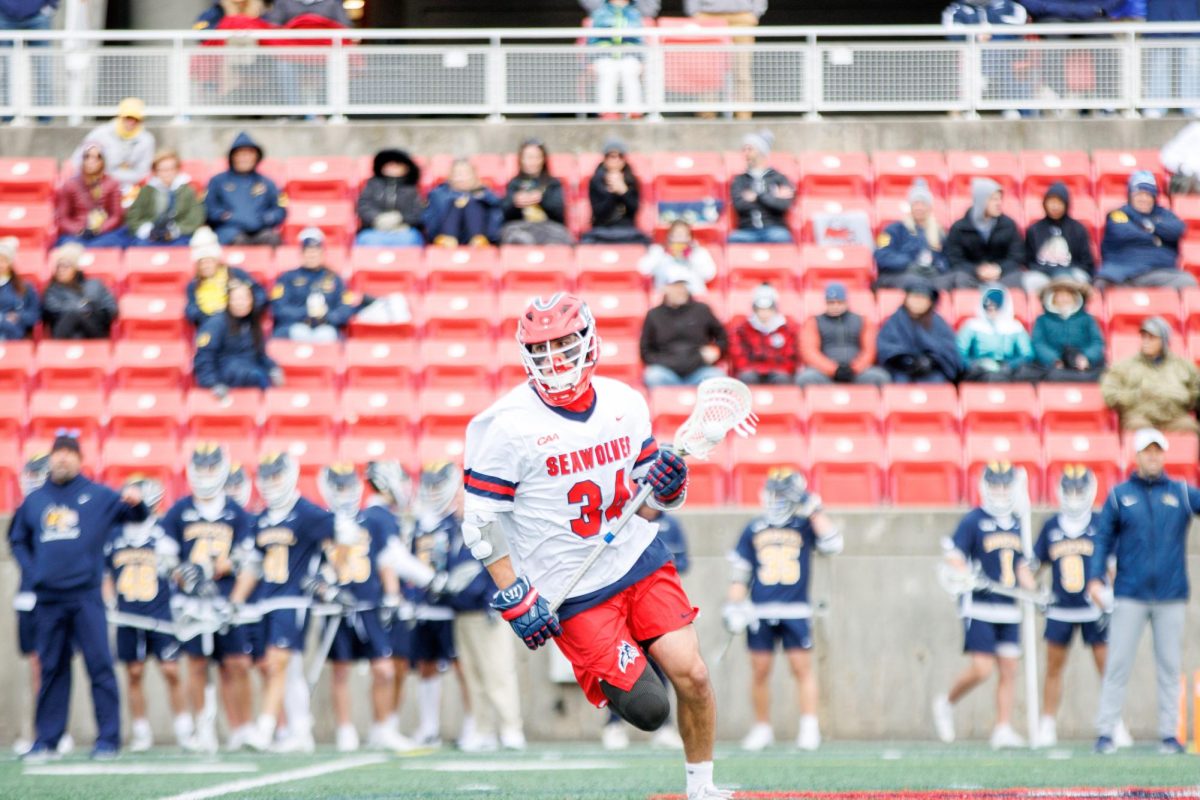
Sacred Heart had just tied Stony Brook at four in the fifth inning in the first of two seven innings games of an early April series against the Pioneers. Head coach Matt Senk called on junior relief pitcher Teddy Rodliff to calm things down. However, he did not pitch just one inning as most relief pitchers are accustomed to; instead, he spent the final 2.2 innings of the game on the mound, refusing to allow a base-hit as his team pulled away.
Rodliff was the Stony Brook Baseball team’s closer in 2016, earning seven saves and posting a 3.20 earned run average in a productive season. But in 2017, Senk is using him as a long reliever in the middle of games, pitching multiple innings at a time. The move could be viewed as unexpected, but if you watched how the Cleveland Indians utilized its top reliever, Andrew Miller, then you know Senk is not grasping at straws.
“I thought it was cool but what made it cooler is that I was already thinking along those lines and in some cases have already done that,” Senk said. “The comparison to Andrew Miller is a good one. When we need to go to Teddy we are going to.”
Miller was on the mound for more than one inning in each of his 10 appearances during Cleveland’s historic playoff run, accumulating nearly 28 innings those appearances alone.
He was instrumental to the Indian’s first American League pennant since 1997, eliminating any thought of a comeback bid from opposing teams by emerging from the bullpen earlier in the game. His performance has some wondering if this new innovative bullpen management technique, implemented by the Cleveland Indians manager Terry Francona, is the future of relief pitching.
“What Francona did last year was something that I thought was a good approach to winning games, but it was not traditional,” Senk said. “A lot of times when people do things against the grain people are like, ‘what are you doing there?’”
Though Rodliff’s fastball does not reach 95mph like Miller’s, all nine of the junior’s appearances thus far in 2017 have been for more than one inning, including three appearances where he pitched three or more.
“They send a bunch of us down to the bullpen in the fourth inning and they call our number. Whenever we get our number you just have to step up to the occasion,” Rodliff said. “However he feels we can be used to our full potential and whatever way I can do to help the team, I’ll do.”

Rodliff is ready whichever inning his team needs him, but he is pitching better than ever in his new role. His 1.64 ERA is the lowest on the team’s roster. He also has 23 strikeouts in 22 innings, the first season as a Seawolf in which he has accumulated more strikeouts than innings pitched. Rodliff had 26 strikeouts in 39 innings pitched.
“Because of his arm angle and the way he throws, he can not only do middle innings, but if he is throwing real well he can take it to the final out,” Senk said. “What is also unique about Teddy, because of the way he throws, you can pitch him on back to back days. He gives us a lot of versatility and he gives us a lot of options.”
Rodliff is a submarine-style pitcher, which means he has an ‘upside-down’ delivery motion. This type of motion allows the baseball to move differently than the traditional overhand throwing motion. His fastball sits around 83-85mph, but the movement on his breaking ball is what is keeping opposing hitters on ice.
The same pitching style was successfully utilized by former MLB players Chad Bradford, Byung-Hyun Kim and three-time All-Star Dan Quisenberry.
His pitching technique is in clear contrast with Andrew Miller’s motion, but his effectiveness has been on par playing the same role for the Seawolves in 2017. However, Rodliff is just happy to be on the field.
“I just love the playing time,” Rodliff said. “Wherever they want me I’m happy to pitch. I don’t care if it’s starting, closing, middle relief, one pitch, anything. I am happy to help.”



